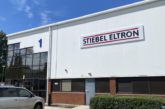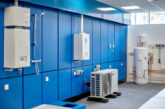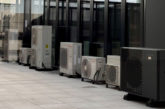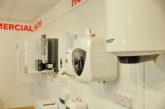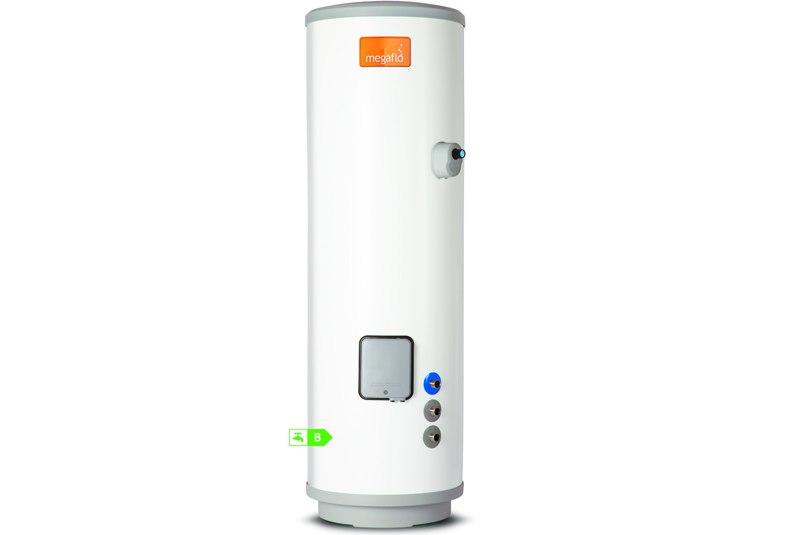
The Ecodesign and Energy Labelling Directives (widely referred to as ErP) for water heaters and hot water storage tanks have been in force since September 2015. Over a year has passed, so Heatrae Sadia is reminding installers about the key things they should know:
Products should be supplied with energy labels
Most domestic water heating products should now be supplied with an energy label (ranging from A to G) and should meet minimum energy performance criteria. The legislation affects water heaters with outputs of up to 70kW and hot water storage tanks with storage volumes of up to 500 litres. As well as stating the energy efficiency band, labels for directly heated water heaters also include a size (load) profile, ranging from 3XS to 4XL.
Additional data should be supplied
In addition to product labels, manufacturers of water heaters and hot water storage tanks in scope of the ErP Directive need to also provide additional performance and efficiency parameters, via a ‘technical fiche’ and product data. These must be included on the manufacturer’s website and in installation instructions.
Look beyond the label when making a comparison
Though they are useful, energy labels contain limited information, and shouldn’t be taken on face value. Installers should always refer to product literature, especially when comparing similar products. For example, the Heatrae Sadia Megaflo Eco is one of the most energy efficient unvented hot water cylinders available, with 60mm of injected polyurethane foam and an insulated T&P valve to reduce heat loss, and an L shaped heating element (rather than a straight one) ensuring that the whole cylinder is heated. An installer wouldn’t know this from the label alone.
Unlike boilers, which are generally all in the A band (the ErP Directive for space heaters and combi space heaters was also introduced in September 2015), it is not unusual for water heating products to be given a B, C or D rating, because of the methodology applied to the different product groups.
Direct electric unvented products are generally rated as C, due to a ‘fuel factor’ being applied. This is because electricity is viewed as a carbon intensive fuel, reducing the apparent efficiency of direct models. As a result, a direct electric water heater will have a lower efficiency rating than an indirectly heated unit of an equivalent size.
Packages require an overall energy rating
If a number of components are installed as a system then an overall efficiency rating and customised energy label is required for the complete package, which will generally be completed by the installer. By combining products to create a system, it is possible to achieve higher ErP ratings than if individual products are installed.
Under ErP, a water heating package contains one or more water heater and one or more solar device. As an example, combining a 300 litre Megaflo Eco Solar cylinder (working with a Baxi EcoBlue 15 System boiler) and three 2m2 Baxi solar panels provides a package rating of A+++, which is the highest ErP rating available.
If a product can be installed as a package, the manufacturer will provide a part-filled label in the literature pack. It will include some information specific to the product, but details about the other system parts will need to be written onto the label by the installer. Heatrae Sadia has developed an online calculation tool to help installers create package labels quickly and easily.
Manufacturers have responsibilities to meet
It is the manufacturer’s responsibility to test products, and to supply labels and the technical fiche/product data. Compliance is enforced through market surveillance, via the National Measurement Office (NMO).
For further information, visit: www.heatraesadia.com


